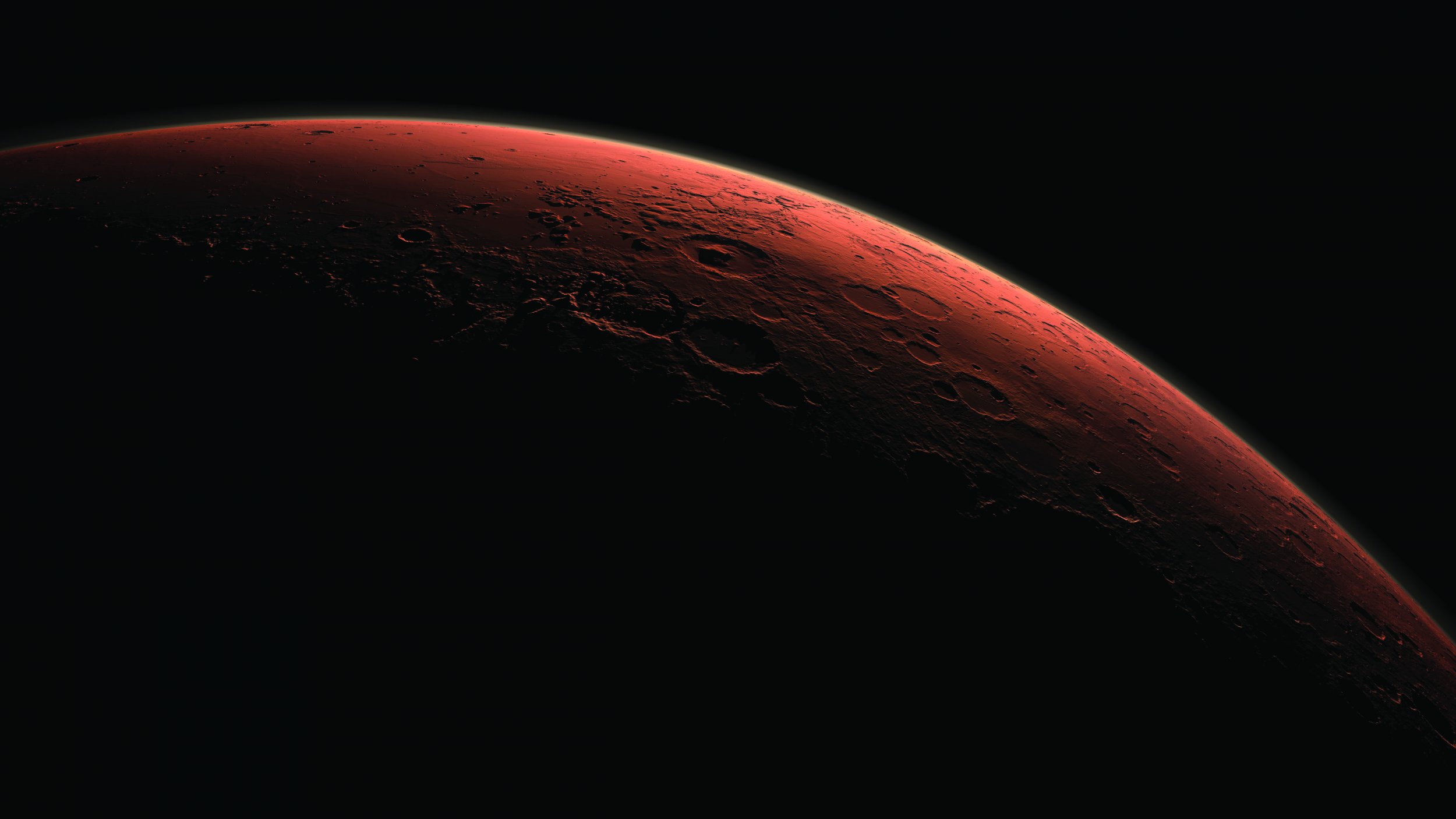
Putting astronauts on Mars is one of NASA's biggest goals for the 2030s—and 2016 is pivotal to making crucial strides. This article, along with others that explore what the year ahead brings, is excerpted from Newsweek's Special Edition, 2016: The Year Ahead, by Assistant Editor Bailey Bryant.
A colony of humans living under a dome on Mars might sound like science fiction, but many of the world's brightest minds are working to make the cosmic community a reality. In fact, putting astronauts, followed by homes, on the red planet is one of NASA's biggest goals for the decades to come—a goal the organization hopes to make crucial strides toward in 2016, according to NASA's Chief Scientist Ellen Stofan.
"We're optimistic that we can get to the Mars vicinity in the 2030s, whether that first mission is an orbital mission, whether we go to the Martian moons or whether we actually go to the Martian surface," Stofan says. "We want to make sure we can do it safely."
SAFETY FIRST
Attempting to better secure that safety ranks highly on NASA's 2016 to-do list. In March, astronaut Scott Kelly will return from the International Space Station following the completion of a one-year mission designed to offer insight on how long-duration space flights affect the body. Typically, crews spend only six months in orbit, but it will take about eight months just to reach the surface of our neighboring planet. For Earthlings to become Martians, lessening the effects of microgravity—which include bone density loss, muscle atrophy and vision problems, among other ailments—is a must.
Next year, NASA will also launch and land InSight, a probe designed to examine the inside of Mars for information about its formation and evolution. Additionally, the ExoMars program, which is designed to investigate whether life ever existed on Mars, will debut its first mission, undertaken by the European Space Agency and the Russian Federal Space Agency with participation from NASA. "Before you want to go somewhere, you really need to understand it," Stofan says. "That's what we call our ongoing work at Mars—to nail down all these little bits of information and say, 'OK, now we feel like we really understand this environment, and we're going to feel comfortable sending humans into that environment to live and work.'"
SECOND HOME
Although some people dismiss NASA's journey to Mars as a publicity stunt or a risky, expensive ostentation, others, from Stephen Hawking to Elon Musk to Buzz Aldrin, see the colonization of Mars as a necessity. "Colonizing Mars takes a deeper thinking of where we are as a human species and asks, 'What are the opportunities in front of us?' says Aldrin, indicating that humanity will likely one day go the way of the dinosaurs as our planet has suffered five mass extinctions throughout its existence. Along with Hawking, Musk and others, Aldrin believes interplanetary living is a life-insurance policy imperative to the long-term survival of our species.
"I do realize that this is not going to be an easy task," Aldrin says. "It's a controversial one, but I anticipate that leaders will come to when they understand their long contribution to the future of humanity."
WHY MARS?
Of all the planets in our solar system, Mars is the next best option for colonization because it is the most Earth-like, with an atmosphere, a livable temperature, a comparable amount of solid land and similar day lengths. Additionally, the red planet has four seasons, though they run about twice as long as Earth's. Finally and most importantly, Mars boasts water. In addition to the frozen water that exists in the planet's ice caps, scientists confirmed in September that liquid water sometimes flows across Mars' surface.
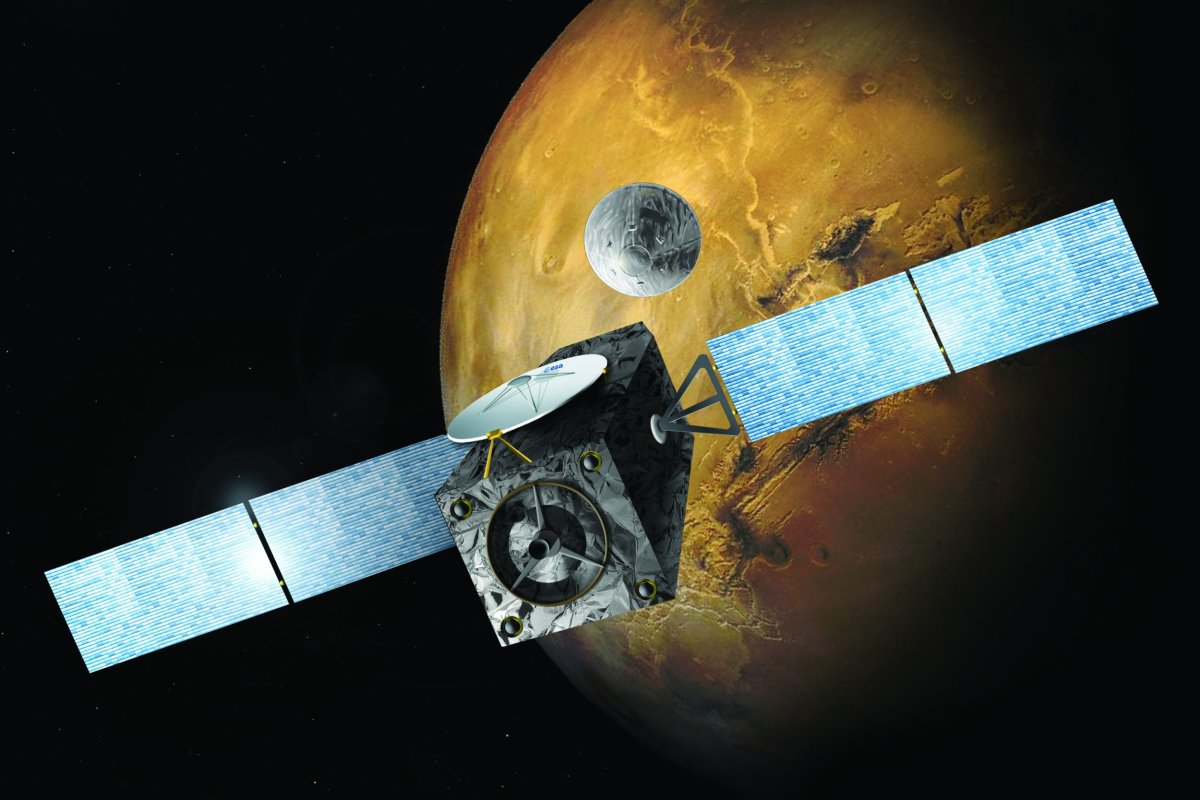
HURDLES, HELPERS
It goes without saying that plenty of obstacles still stand between NASA and the colonization of the red planet. The organization must finalize a Mars-appropriate space suit, create an interplanetary transportation system, design a deep-space habitat and develop a rocket to propel people from Mars' surface, in addition to answering other questions mandatory for human survival. "What we're in the process of doing is saying, 'OK, I want to end up with people on the surface of Mars. What are all the things I need to have to accomplish that?' " Stofan says. "You really need to think of every single step of the journey."
But with a budget of only $18.5 billion—0.4 percent of the yearly federal budget—and estimates for a single-crew program ranging from $6 billion to $500 billion, NASA will have a hard time climbing those steps alone. Instead, the organization has enlisted the help of both international and private partners. "Countries around the world are saying, 'We want to help move humans beyond low-Earth orbit. How can we do that as planet Earth, not just as an individual space agency?' " Stofan says. She added that NASA is interested in partnering with any group that "can bring something to the table" because "it helps us get [to Mars] sooner and more efficiently." And while that won't come in 2016, the year ahead is sure to be filled with small steps by man aimed toward a giant leap for mankind—right onto the surface of Mars.

YEAR MARKS TO MARS
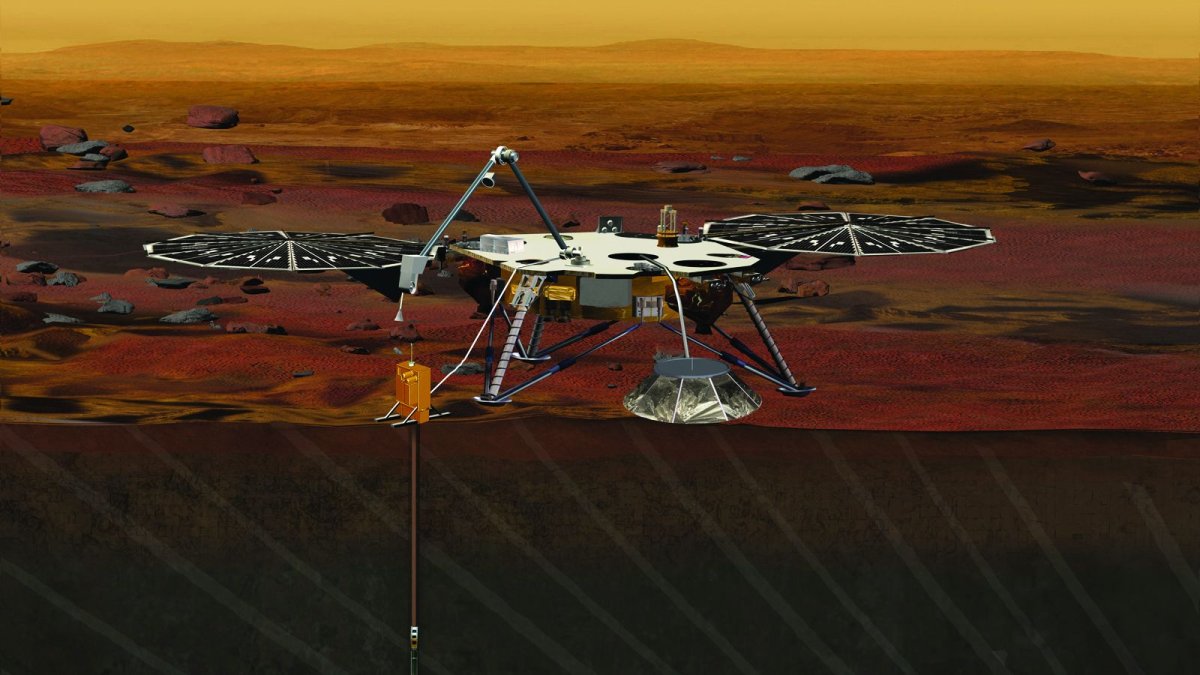
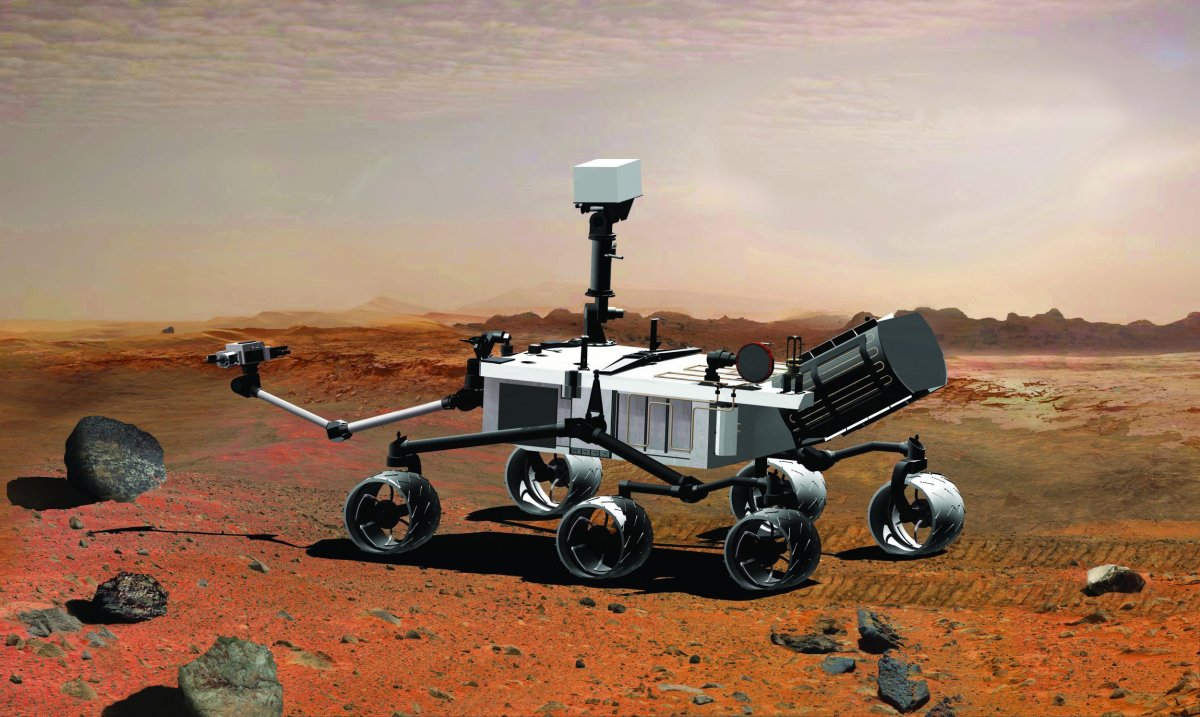
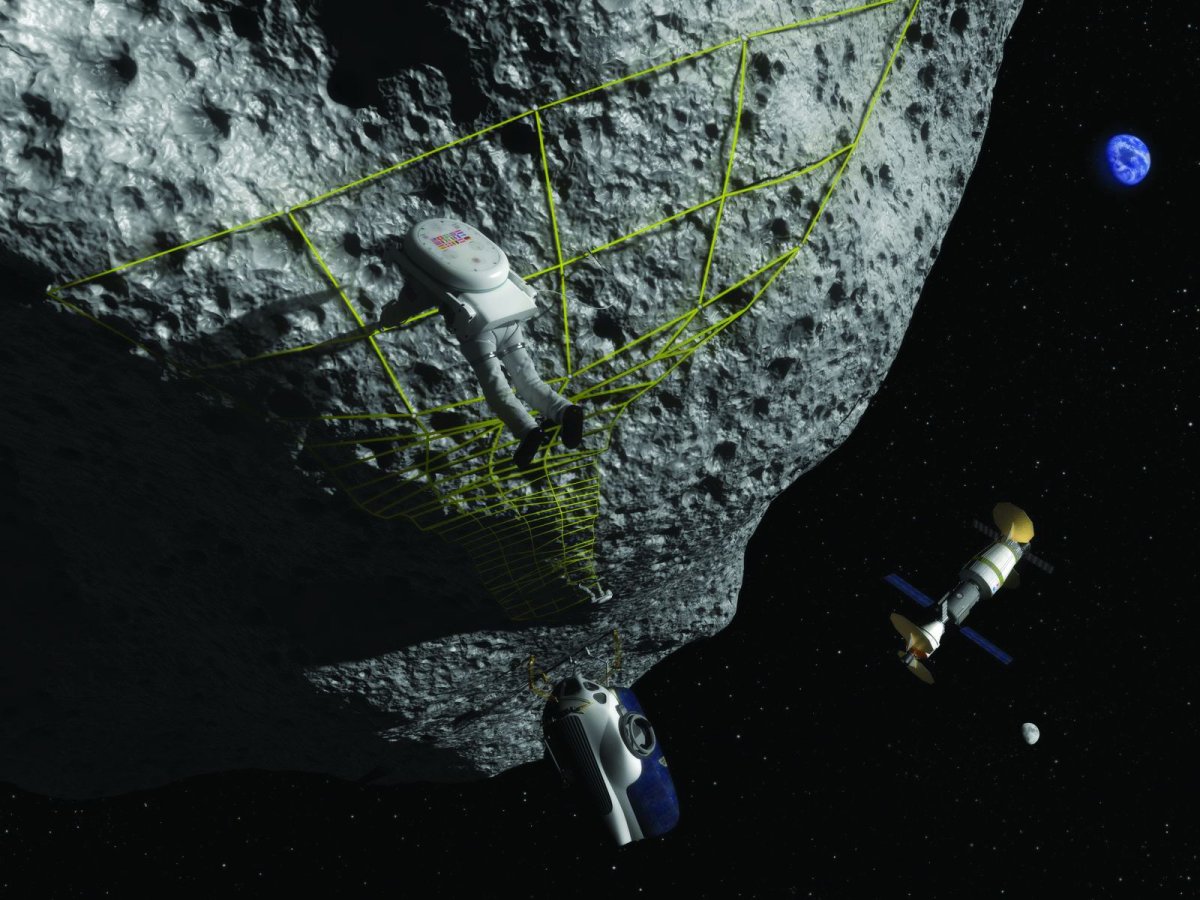
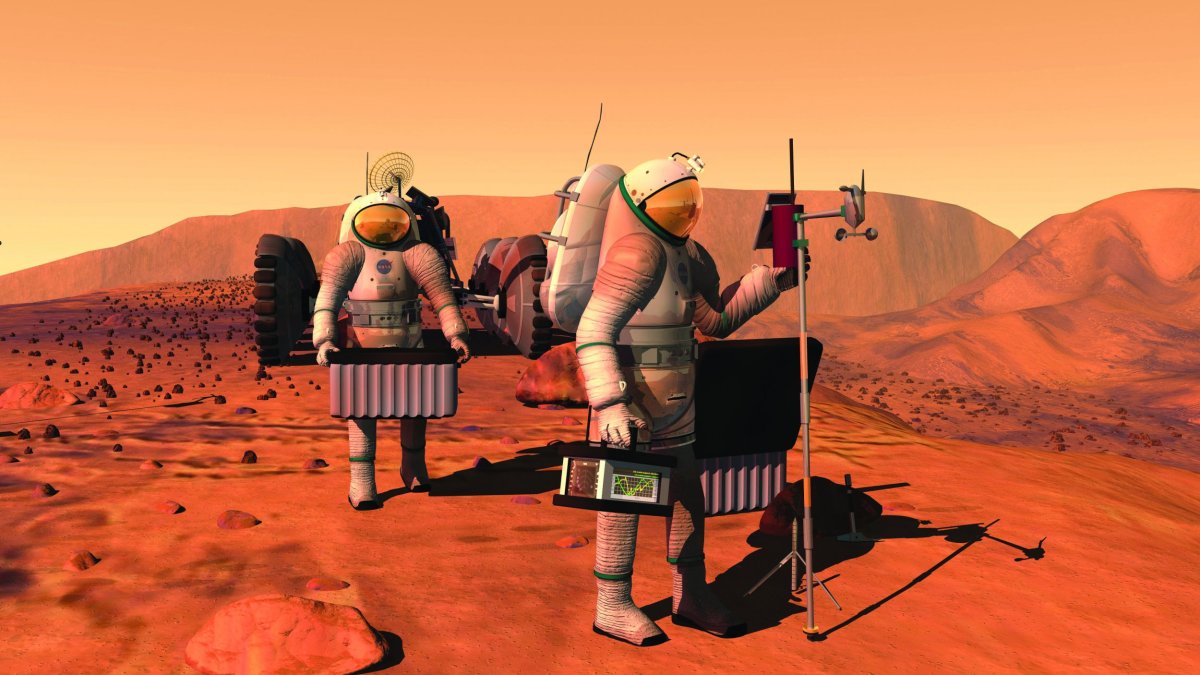
This was excerpted from Newsweek's Special Edition, 2016: The Year Ahead, by Issue Editors Tevor Courneen and Alica Kort. For more to watch in 2016, pick up a copy today.

Uncommon Knowledge
Newsweek is committed to challenging conventional wisdom and finding connections in the search for common ground.
Newsweek is committed to challenging conventional wisdom and finding connections in the search for common ground.
About the writer
To read how Newsweek uses AI as a newsroom tool, Click here.








